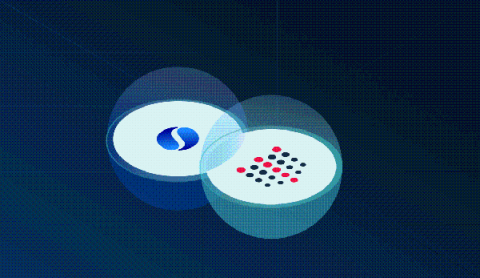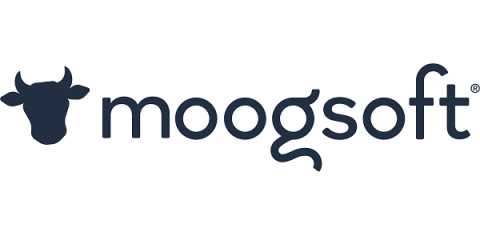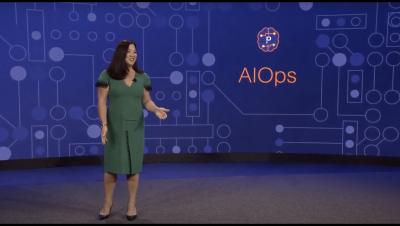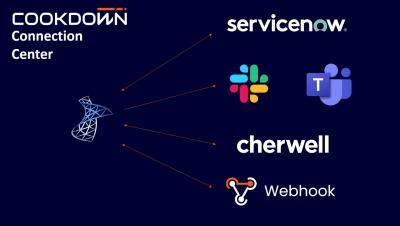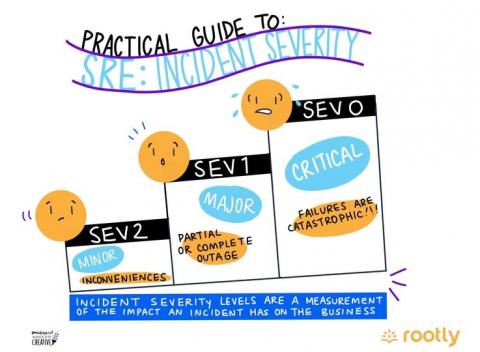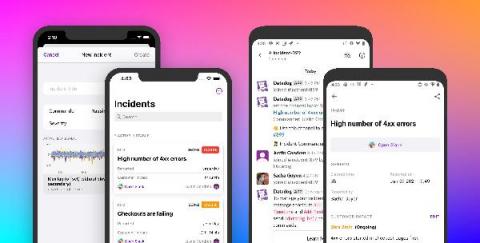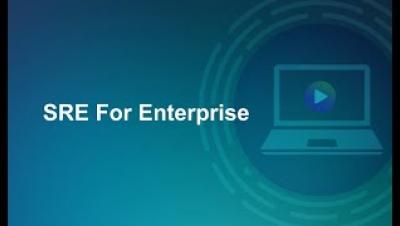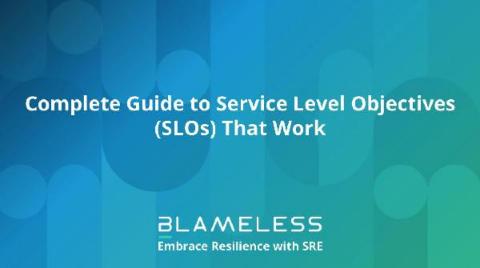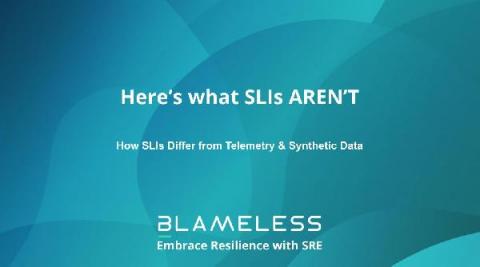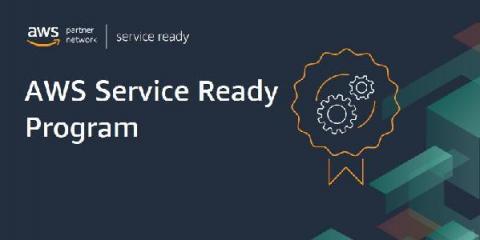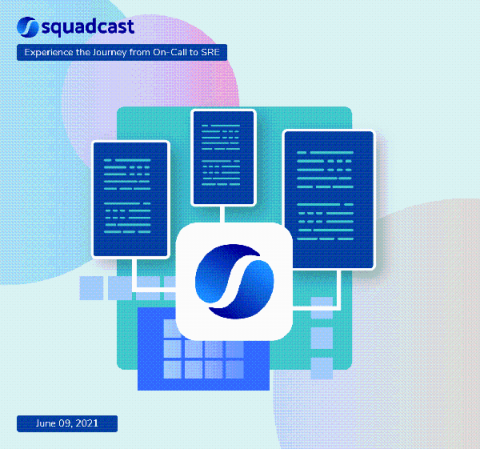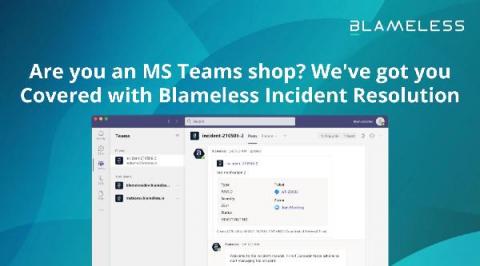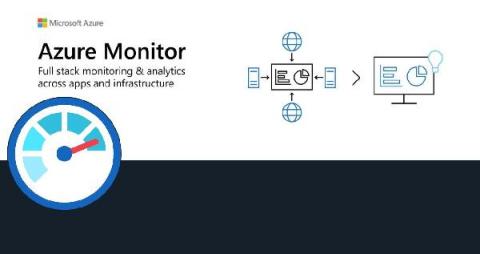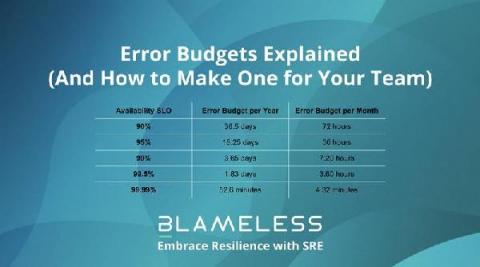Operations | Monitoring | ITSM | DevOps | Cloud
June 2021
Wiley Relies on PagerDuty as the World Moves Towards Digital Learning
xMatters Lunar Lander Release - New Product Features - xMatters Demo
3 Steps For A More Strategic Approach to Incident Reduction
When an IT incident negatively impacts employee experience, IT teams rush to remedy the issue – understandably, as a widespread incident can have major effects on employees’ productivity, security, and overall experience. Yet, so many IT teams find themselves drowning in support tickets even as they continue to resolve top call drivers (the incidents that affect the most employees and drive the most support requests).
How Integrations Lead to Easier, Quicker and Better Decision-Making
Whether from a monitoring tool such as Datadog, a collaboration tool such as Slack, an automation tool such as Chef or a ticketing tool such as ServiceNow or JIRA, AIOps seamlessly integrates data from all of your IT sources. A robust AIOps solution with integrations can help your DevOps and SRE teams better know where to begin fix problems, resolving incidents before they affect services and reducing downtime.
Why You Need Real-Time for Faster MTTR
“If you ain't first, you're last.” While that famous one-liner from Ricky Bobby (Will Ferrell) in the cult hit Talladega Nights is more joke than catchphrase, it hits home for those of us in the world of DevOps and Observability. Faster is better. And in our technology-driven world of online transactions and complex environments, faster isn’t just better — it’s crucial.
IT Alerting with SIGNL4
7 Essential Tools for SREs
From chaos engineering to monitoring and beyond, SREs rely on several key types of tools to do their jobs.
Have You Herd? Episode 2 | Getting into the DevOps Culture
Solarisbank Banks on PagerDuty to Keep Financial Services Online
Customers Choose PagerDuty for Real-Time Operations
PagerDuty Summit21 Fireside Chat: Connecting Customer Experience & Customer Service
Can Emails Initiate xMatters Workflows? - Ask Adam
How to Introduce Automation to Incident Response with Slack and PagerDuty
Major-incident war rooms are synonymous with stress. Pressure from executives, digging for a needle in a haystack, too much noise—it’s all weight on your hardworking technical teams. Incident responders clearly need a more effective way to collaborate across various technical teams. A method that both minimizes interruptions and keeps stakeholders up to date while ensuring everyone has the right level of context to do their job.
Reliable ticket and incident alerts with ConnectWise and SIGNL4
Resilience in Action E8: Vanessa Yiu on Crafting Enterprise Architecture
PagerDuty Summit21 Keynote: DigitalOps Now: Go Digital First with Modern Digital Ops Management
Leverage Observability With OpenTelemetry to Understand Root Cause Quickly
An observability solution should help any incident responder understand what changed and why. A lot has been written on the difference between monitoring and observability, but an easy way to understand how both are integral to incident response is to consider how customers use PagerDuty—with both monitoring and observability tools—to get to the right answer.
SREview Issue #14 June 2021
xMatters Makes Workflow Automation as Simple as Drag and Drop
Red Canary says 43% Lack Readiness to Notify Customers of a Security Breach
Everything You Need to Know About Emergency Risk Management
Emergency risk management (ERM) is the process of identifying potential threats and minimizing the impact of disasters on business operations and people. The process requires leaders within an organization to determine how they will keep stakeholders informed and safe during critical events. Leaders must also craft disaster recovery plans to quickly remedy the effects of a catastrophic event on communities, government agencies and organizations.
IT Ops Maturity Model - an explainer video
SCOM Connection Center for Cherwell - Introduction in 3 mins
SCOM Connection Center for Cherwell Introduction
Practical Guide to SRE: Incident Severity Levels
Incident severity levels are a measurement of the impact an incident has on the business. Classifying the severity of an issue is critical to decide how quickly and efficiently problems get resolved.
Monthly Moo Update | May 2021
Goodbye May, Hello June! It’s summertime in the northern hemisphere and the sun is shining bright, along with updates we’ve got for you this month. The team at Moogsoft is working on a few big items that will be sure to put a smile on your face. But, lest we forget about some of the smaller items that help you day in and day out.
Manage incidents on the go with the Datadog mobile app
The Datadog mobile app enables you to check your alerts and dashboards from anywhere, so you can triage issues—and stay up to date—regardless of whether you have access to a laptop. You can now be even more productive when responding to issues while away from your keyboard by declaring incidents and notifying responders directly from your mobile device.
Uptime is Money
Everbridge Control Center - Integrate control of your physical assets
WEX Automates the Triage Process and Delivers a Better Services Experience - xMatters Demo
Observability and the Monitoring Maturity Model
In incident management, observability is the ability of an organization or team to infer a system's internal state from its external outputs.
Maximize Collective Knowledge to Deliver Patient Care
Medical practitioners must move beyond their own expertise to make informed patient care decisions. This can be achieved by normalizing team collaboration, encouraging providers to access information gathered by other specialists along the patient’s continuum of care. However, healthcare is plagued with fragmented communication due to archaic technology. There is also a lack of accountability when establishing communication roles and responsibilities across care teams.
SRE For Enterprise
7 key processes for running a top performing NOC
Much of the fuel for today’s business organizations is comprised of cloud computing and digital and SaaS applications. So, if something goes wrong with them, there will be a grave impact on productivity, customer satisfaction and even loyalty, as well as on the costs required for resolving the incident, remediating damage, and getting back to business.
Complete Guide to Service Level Objectives (SLOs) That Work
BigPanda and xMatters Can Do What??? - xMatters Demo
The MTTR that matters
“Mean time to X” is a common term used to describe how long, on average, a particular milestone takes to achieve in incident response. There’s mean time to detect, acknowledge, mitigate, etc. And then there’s the elusive “mean time to recover,” also known as “MTTR.” MTTR, a hotly debated acronym and concept, measures how long it takes to resolve an incident on average. The problem with MTTR, though, is that it doesn’t matter.
Here's what SLIs AREN'T
Press Release: iLert achieves Amazon RDS Ready designation
Cologne, Germany – iLert GmbH, a SaaS company for alerting, on-call management, and uptime monitoring, announced today that it has achieved the Amazon RDS Ready designation, part of the Amazon Web Services, Inc. (AWS) Service Ready Program. This designation recognizes that iLert has demonstrated successful integration with Amazon Relational Database Service (Amazon RDS).
Faster Incident Resolution with Context Rich Alerts
AIOps as a modern cockpit, and why that matters
AIOps as a modern cockpit, and why that matters
Our human capacity for ingesting information and acting on it, is constant. As the systems we operate grow more complex, we need to make sure we use technology that presents us with only the relevant information we need, exactly when we need it. In aviation, this lesson was learned long ago, and now IT Ops is catching up.
5 Steps to Building an Effective Clinical Communication Plan
Organizations require a well-crafted clinical communication plan to streamline workflows across care teams. The communication plan must include processes, hardware and software that improves how providers perform. An effective communication plan eliminates barriers across departments and ensures that all providers are informed of patient-related incidents. High-level healthcare administrators are responsible for designing, managing and launching the clinical communication plan.
Chapter 7: In Which Sarah Experiments with Observable Low-Code
This is the seventh chapter in a series of blog posts exploring the role that intelligent observability plays in the day-to-day life of smart teams. In this chapter, our DevOps Engineer, Sarah, experiments with low code and Moogsoft in her team’s DevOps toolchain to rush a new feature out the door to keep up with a competitor.
Streamline incident management with BigPanda's offering in the Datadog Marketplace
BigPanda is a domain-agnostic AIOps platform that helps organizations detect and resolve incidents in their complex IT environments. By unifying and correlating data from monitoring, change, and topology tools, BigPanda enables teams to quickly pinpoint the root cause of issues and prevent costly outages.
Are you an MS Teams shop? We've got you Covered with Blameless Incident Resolution
Take the Lead: Jennifer Tejada & Hayden Brown
Using Elastic for Root Cause Analysis
Have You Herd? Episode 1 | DevOps vs SRE
The Incident Review: 4 Times When Typos Brought Down Critical Systems
Sometimes, as these 4 incidents highlight, major failure results from a mere typo or configuration oversight.
Who is on standby? Simple question, simple answer.
In our feature session for the current Enterprise Alert release, we were asked if it was possible to make the on-call page available to every employee regardless of whether they have a user account in Enterprise Alert or not. This option has existed in Enterprise Alert for a long time, but admittedly it is not very well documented. So I would like to take this opportunity to show you what the on-call overview can offer you and how to share the on-call page.
Copy and Paste Multi-Team Schedules
With the release of Enterprise Alert 9, not only have our capabilities for tighter integration with almost any source system imaginable been massively expanded, but our front end has also received some much requested updates. Among them are our multi-team schedules. These allow – especially for international companies – a simple and clear planning of readiness of several teams across different time zones.
Integration of Enterprise Alert 9 with AzureMonitor
Our Azure Monitor connector provides seamless 2-way integration of Enterprise Alert 9 with Azure Monitor. Once added to your Enterprise Alert instance, the connector will read your Azure Monitor alerts fully automatically and trigger alert notifications, e.g. to your team members on duty. It also synchronizes the alert status from Enterprise Alert 9 to Azure Monitor so that if alerts are acknowledged or closed, this status is also updated on the according alert in Azure Monitor.


